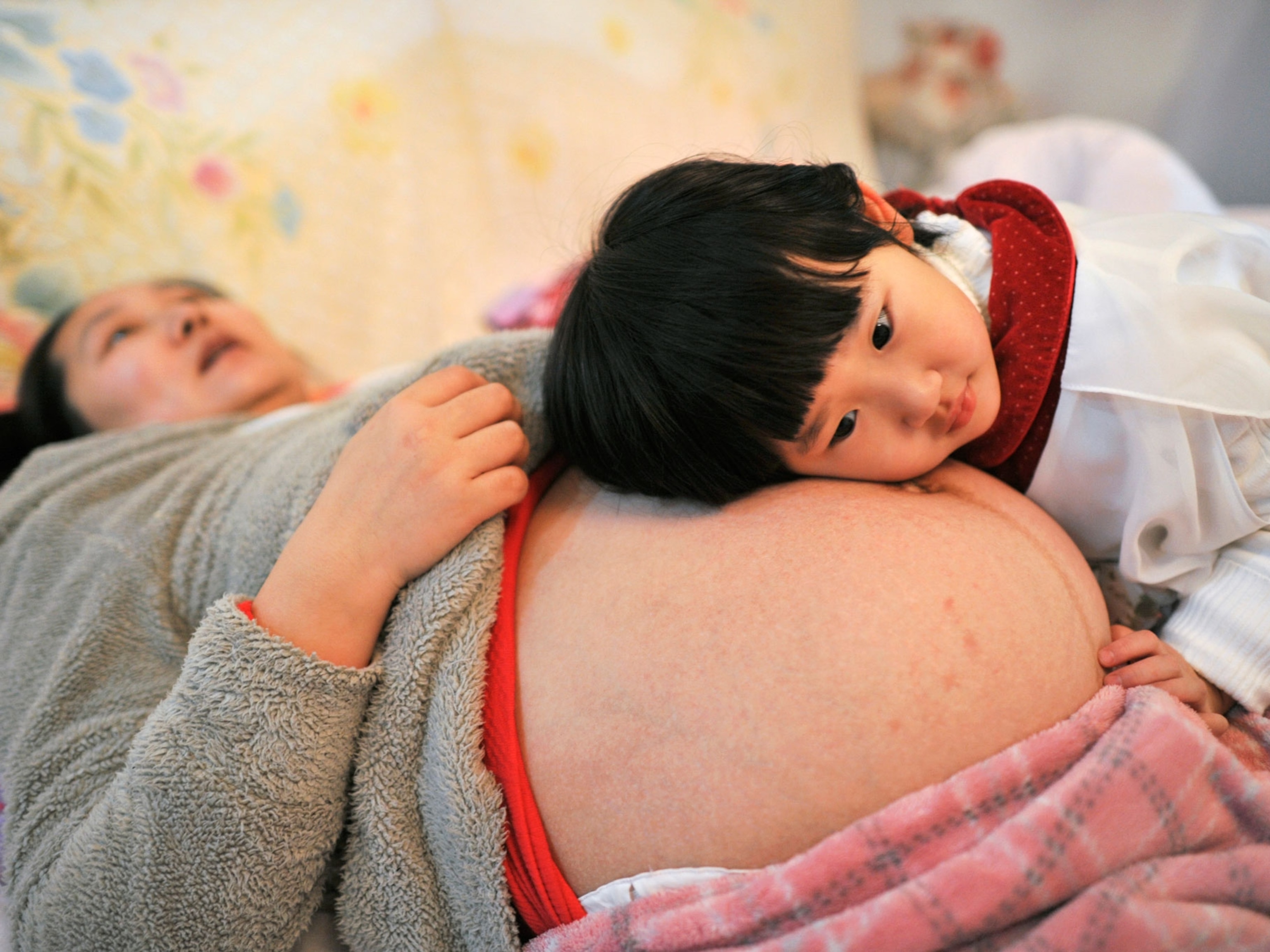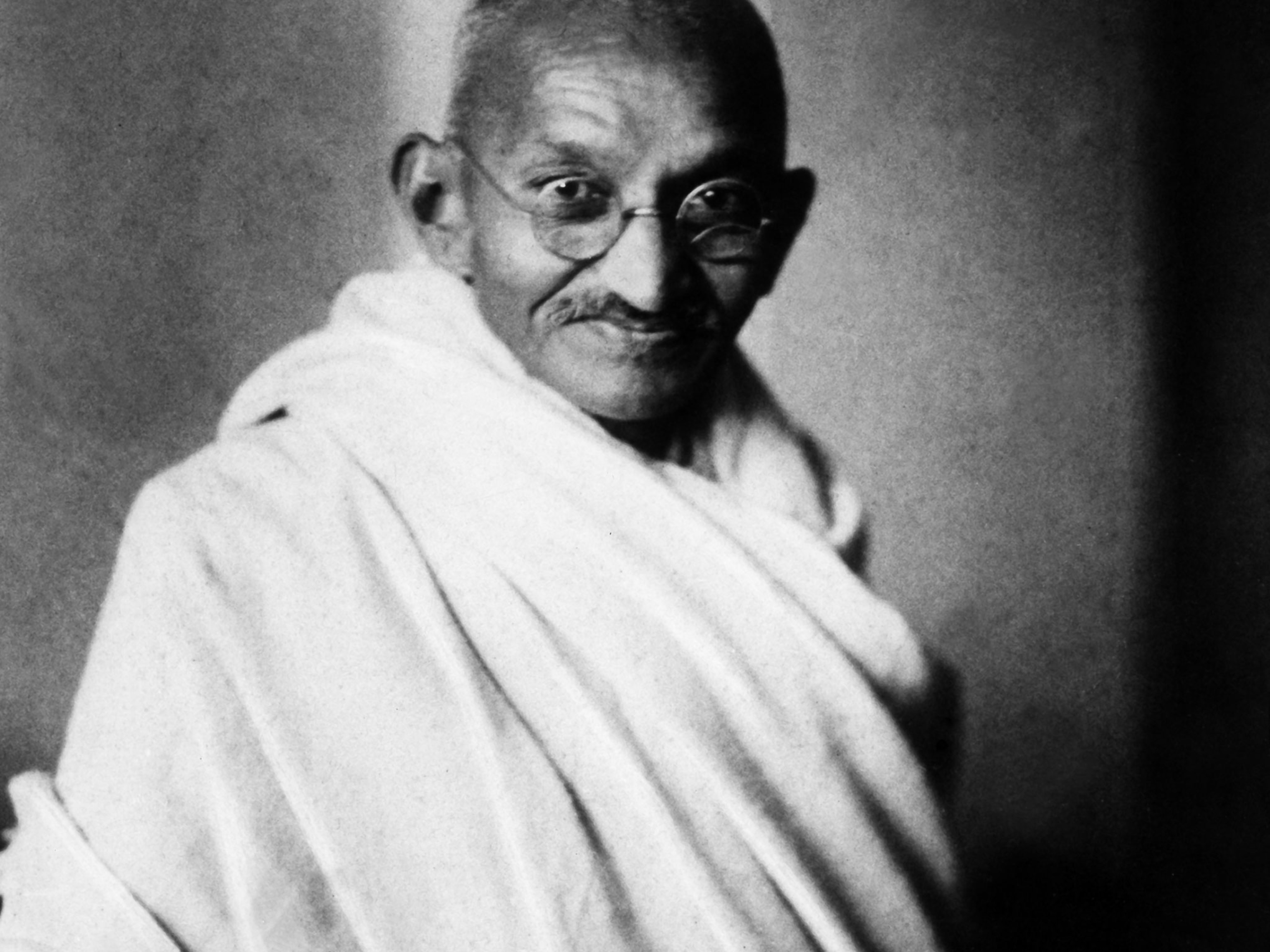
See How the One-Child Policy Changed China
China recently announced the end of its one-child policy—here’s why that’s a big deal for the country and what it says about the rest of the world.
China's decision to lift its one-child policy next year is expected to diversify the country’s aging, increasingly male population. But the degree to which the policy has affected the country of more than 1.3 billion people is hard to imagine. Here are five charts and maps that help illustrate it.
Population Control
The nearly 40-year-old restriction on having multiple children isn't the only time the Chinese government stepped into family planning. Shortly after the establishment of the People’s Republic of China in 1949, Mao Zedong encouraged the population to multiply and create manpower. There was no official policy, but government propaganda condemned contraceptives and even banned the import of some. As a result, the population of China doubled over the next few years.
The success was short lived. China’s food supply was strained and the government reversed the campaign against contraceptives. From 1959 to 1961, the Great Chinese Famine killed an estimated 15 to 30 million people.
In 1979, the government introduced the one-child policy, under which most couples are allowed to have only one child or else face the possibility of fines, sterilizations, and abortions. Looking at just a half century of data on China, we can see peaks and valleys in the birthrate reflecting pro-reproduction attitudes, famine, and the one-child policy.
Population Growth
In 2013, a relaxation of policy allowed over 12 million couples to apply to have a second child. Only about 12 percent of eligible couples applied. When the one-child policy ends in 2016, most couples will be restricted to two children. But that may not address all of the issues. After decades of the one-child policy, coupled with new economic and social pressures to succeed, many couples have decided to stop with one child, or to not have any at all. So with a national birth rate well below replacement level of 2.1 and some urban birth rates under 1, China faces a new challenge. How do they provide for an older population while also encouraging younger residents to have more children?
Another Kind of Labor
In a study conducted before the announcement of the end of the one-child policy, projections from the United Nations Department of Economic and Social Affairs predicted that the number of Chinese citizens over the age of 65 will soar to 219 million in 2030 and grow to make up a quarter of China’s entire population by 2050. This means a significant portion of residents will age out of the labor force
Officials hoping that a relaxed population control policy will resolve the pending labor deficit may be disappointed at what initially appears to be a lack of interest. Overall, China’s one-child policy may have worked too well and its reversal may have come too late, according to demographers and economists. Even if the birth rate jumped to 2 children per woman in 2016, it will be well into the 2030s or even the 2040s before the children born of this policy change even enter the workforce.
It’s Happening (Almost) Everywhere
China is not alone in this dilemma. Low birth rates are also a product of personal choice, and the UN predicts we’ll see a considerably older world population by 2100. Countries including the U.S., Canada, Chile, Brazil, Russia, and Australia will likely reach a point where a quarter or more of their populations are above the age of 65, not working, and depending on a pension. On the other hand, most African countries, many former Soviet states, and large portions of Asia will remain young. But the younger populations of these countries won’t stop populous aging countries from reshaping the global population to the point that almost a fourth of all people on Earth will be over 65 by 2100.
In 1950, only five percent of the world population was over 65. By 2100 we could see a world where that number more than quadruples. This could change the way many countries think about work, social insurance, and pensions.
Follow Aileen Clarke on Twitter




